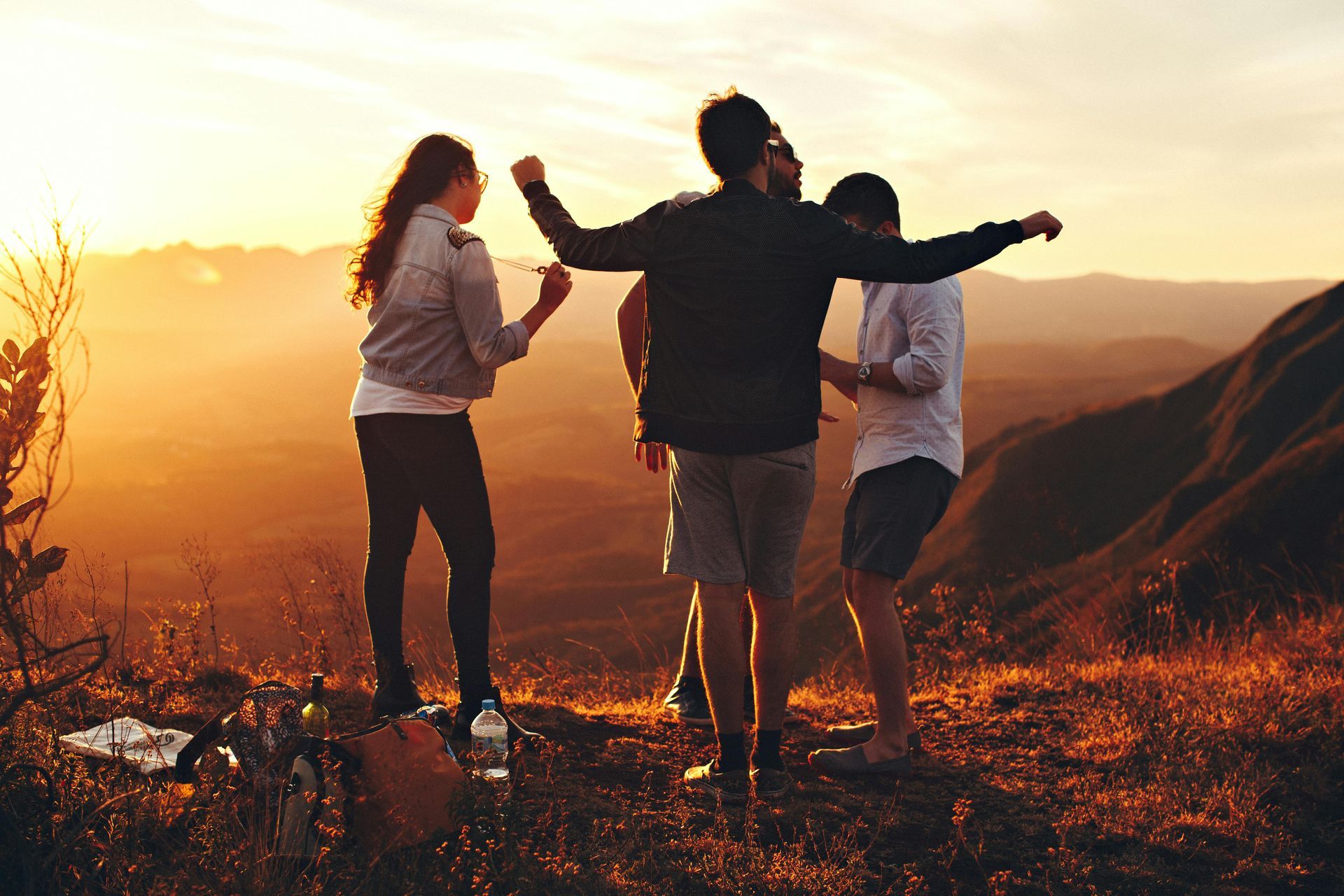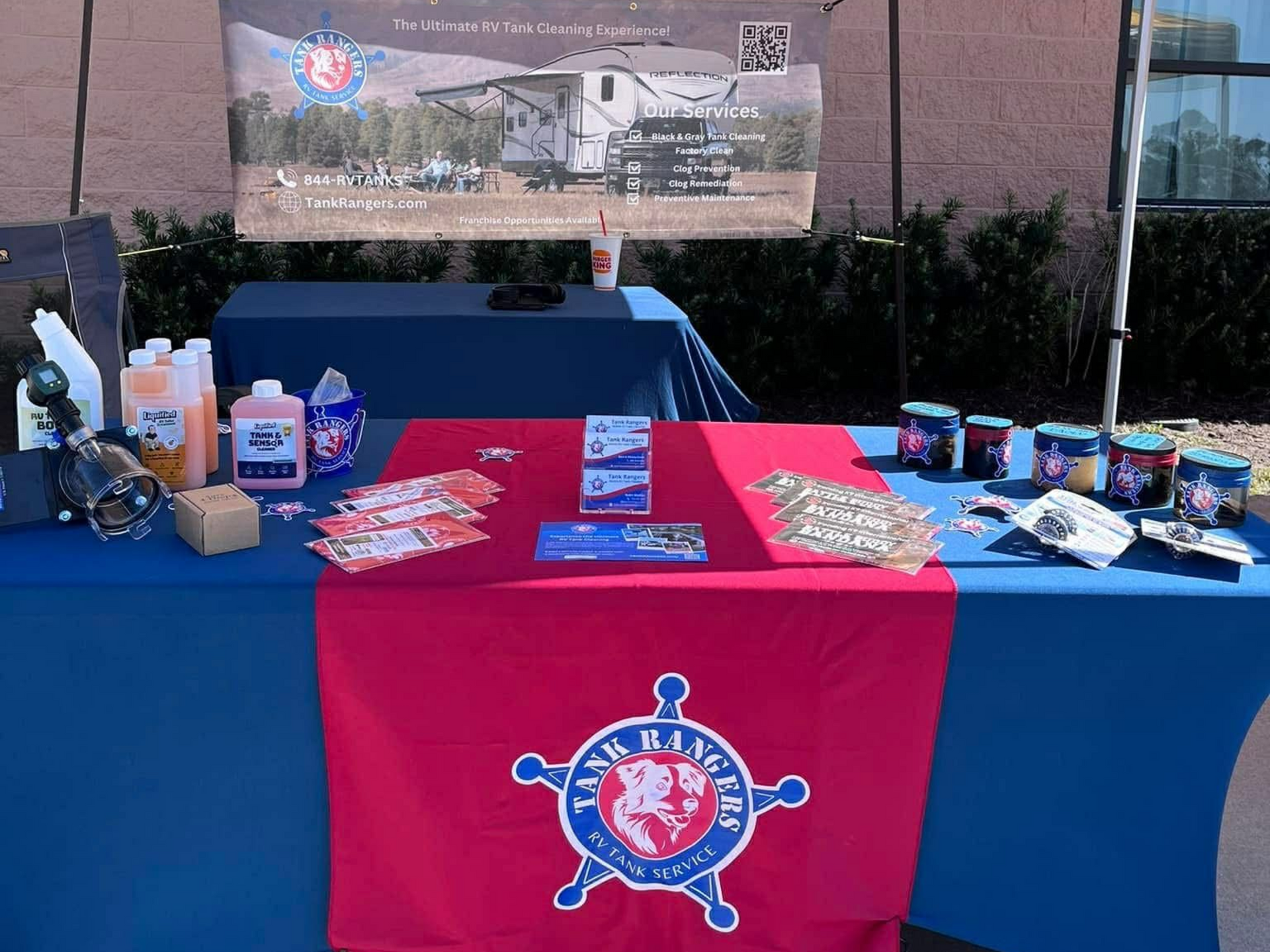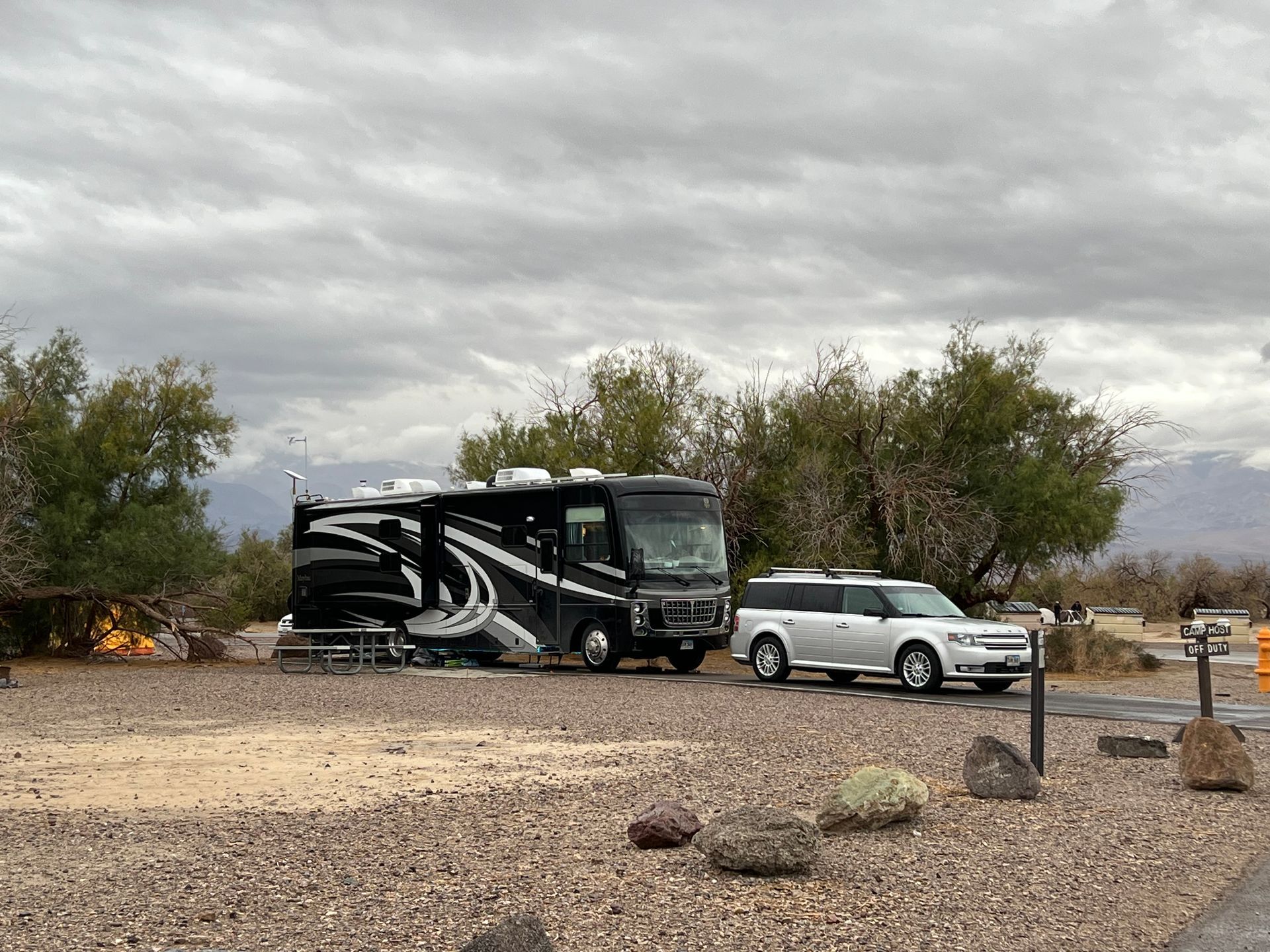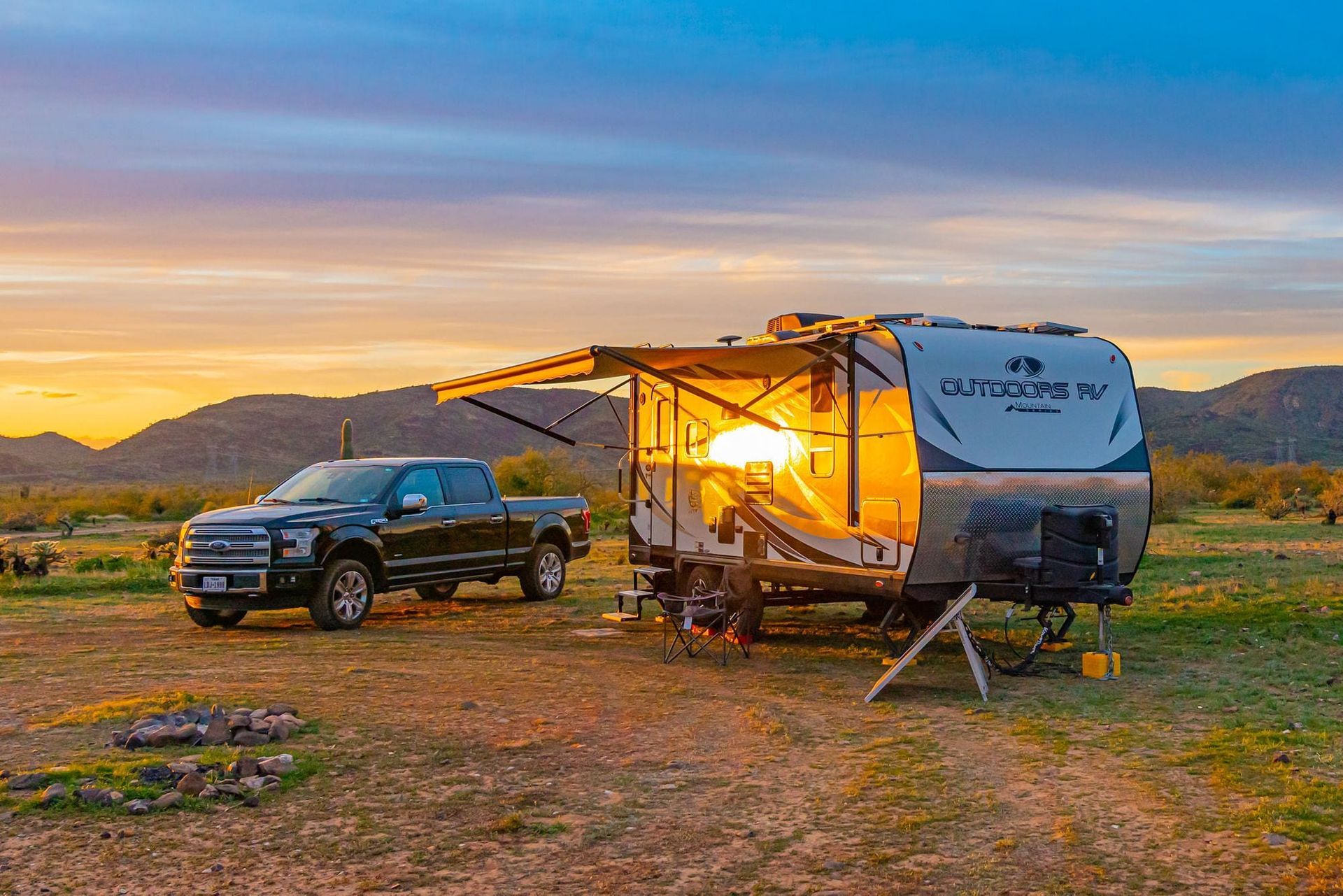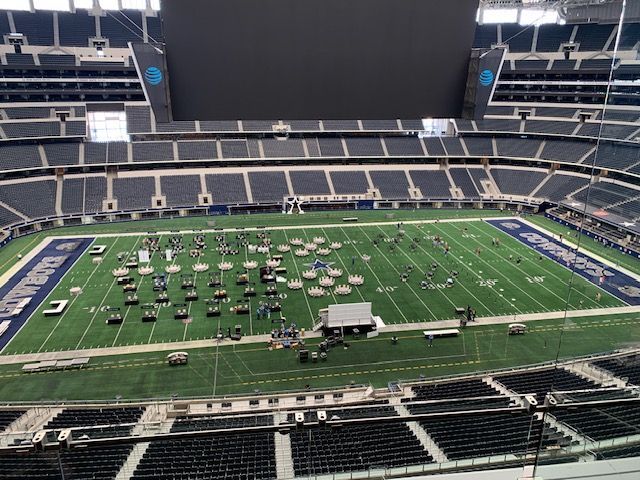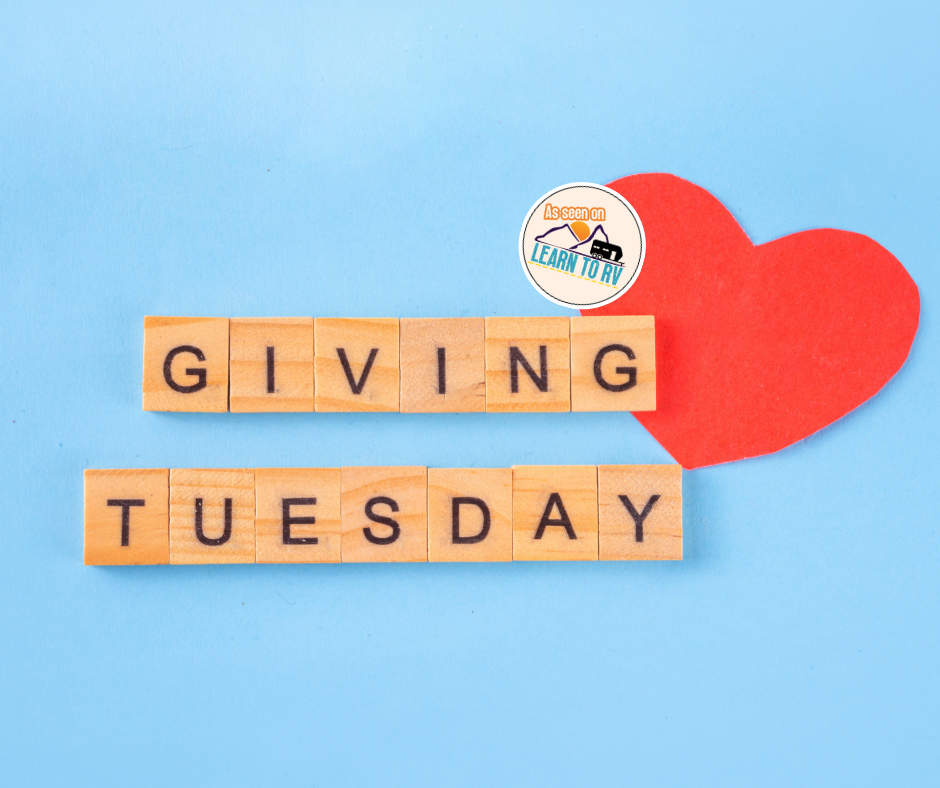What Is the Curiosity Box — and Who’s It For?
Jennifer Schillaci • October 21, 2025
Explore, Experiment, and Learn—Anywhere You Roam
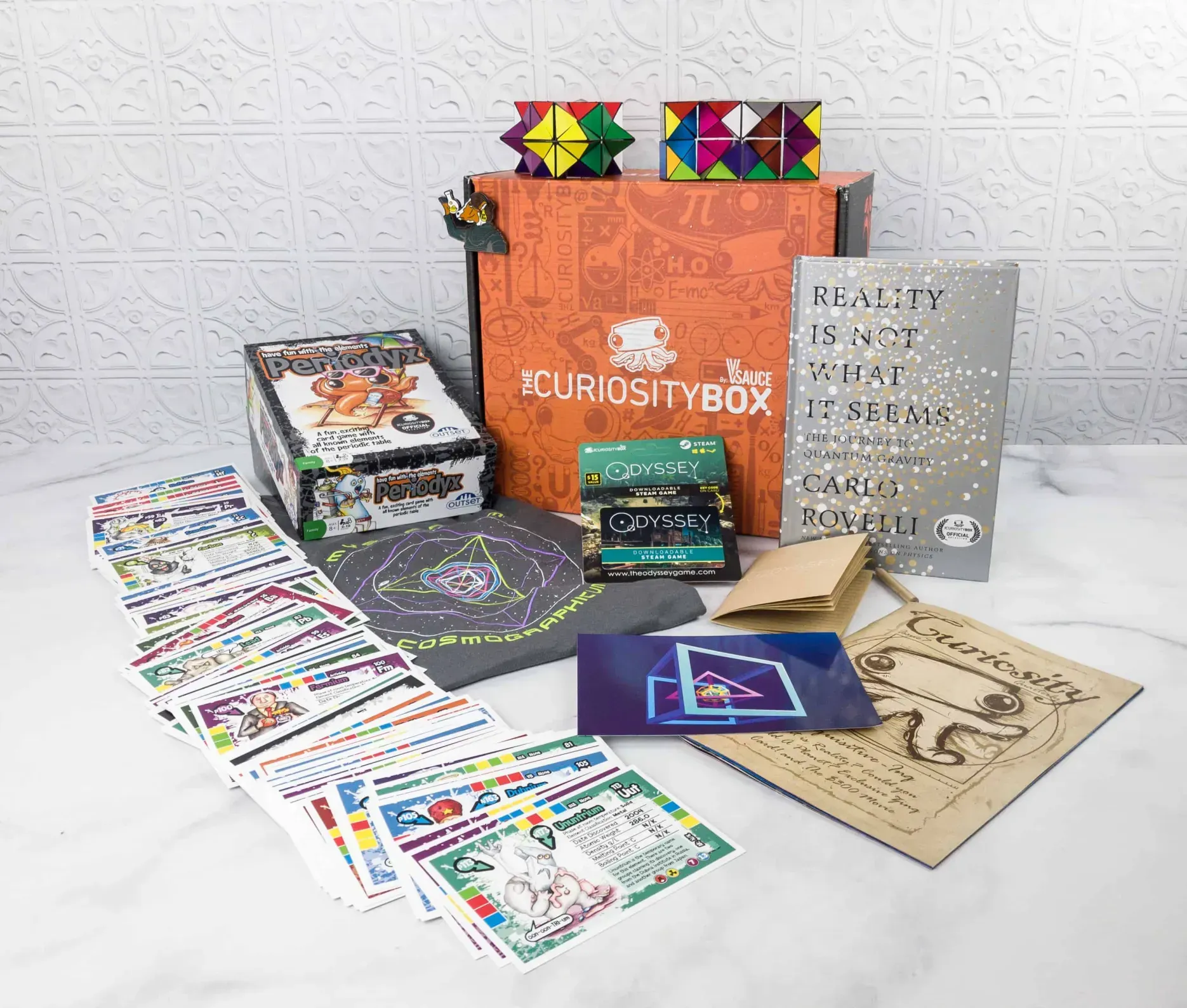
If you love science, puzzles, and quirky collectibles, the Curiosity Box might be your new favorite subscription. Created by the team behind Vsauce, it’s designed for curious minds who crave hands-on learning and brainy fun. But is it right for you, or your family, on the road?
The Curiosity Box is geared toward teens and adults, typically ages 14 and up. It’s perfect for:
- Roadschooling families with older kids who love STEM
- Parents and grandparents who want to spark curiosity across generations
- Solo RVers or couples looking for engaging, screen-free entertainment
- Educators and creators who enjoy science toys, puzzles, and teaching tools
While younger kids might enjoy some items with supervision, the contents in a Curiosity Box lean toward mature learners who enjoy critical thinking and scientific wonder.
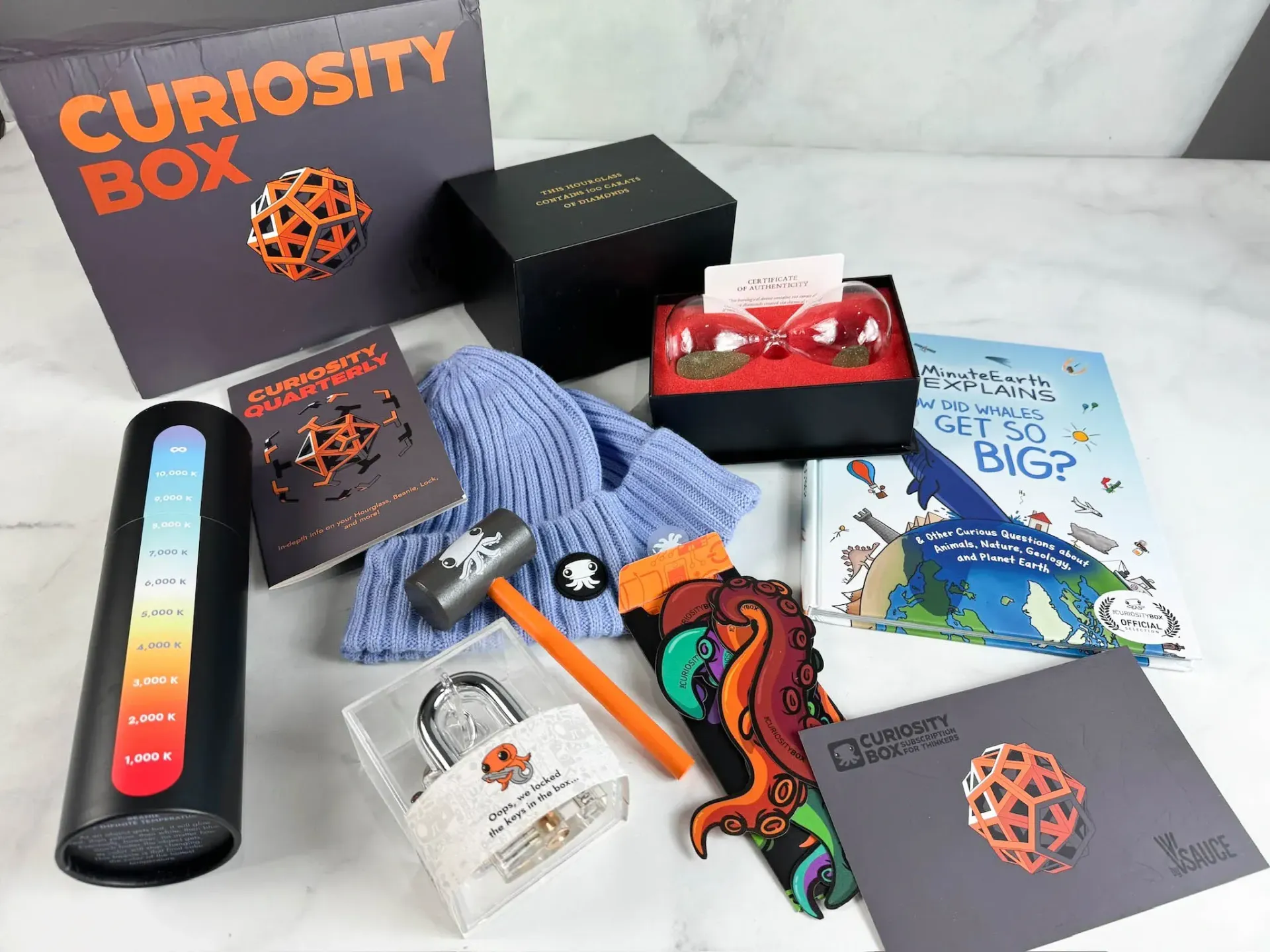
The Curiosity Box can be a powerful addition to your roadschooling toolkit, especially if you're looking to make STEM learning more hands-on, engaging, and portable.
Each quarterly box is packed with science experiments, puzzles, books, and brainy collectibles designed to spark curiosity and critical thinking. These aren’t just toys—they’re carefully curated tools that encourage exploration of real-world concepts in physics, biology, math, and engineering.
- Built-in science labs: No need to pack a full curriculum—each box delivers ready-to-go experiments and activities that can be done at the picnic table or inside your rig on a rainy day.
- Critical thinking on the move: Puzzles and challenges help kids (and adults!) develop problem-solving skills in a fun, low-pressure way.
- Cross-curricular learning: Many boxes include books or historical tie-ins, making it easy to blend science with reading, history, or art.
- Minimal prep, maximum impact: Everything is designed to be self-contained and travel-friendly, perfect for RV life.
- Community connection: You’re not just getting a box, you’re joining a community of curious learners who love to share discoveries and ideas.
Whether you're parked in the desert or camped by a lake, the Curiosity Box turns your RV into a mobile science lab and sparks meaningful learning moments wherever you go.

Built-in Brain Fuel for Roadschooling or Downtime
Whether you're roadschooling kids or just love learning yourself, Curiosity Boxes are packed with science experiments, puzzles, and thought-provoking gadgets that spark curiosity and critical thinking—perfect for rainy days, quiet evenings, or long travel breaks.
Compact, Curated, and Travel-Friendly
Each box is curated to deliver maximum engagement in a small footprint. That means no clutter, just clever tools and activities that fit easily into your RV storage. It’s like bringing a mini science museum on the road.
Family Bonding Without Screens
Tired of everyone retreating to their devices? These boxes offer hands-on, screen-free fun that brings the whole family together, whether you're parked in the desert or cozied up at a campground.
Rotating Themes Keep It Fresh
Each box has a new theme, so it never gets stale. From physics to illusions to brain teasers, it’s a great way to keep learning alive and exciting wherever you travel.
Whether you're a full-time traveler or a seasonal adventurer, the Curiosity Box adds a spark of intellectual excitement to life on the road. Designed by the team behind Vsauce, each quarterly box is packed with compact, travel-friendly STEM toys, puzzles, and brainy collectibles that make learning fun and accessible—no matter where you park your rig.
It's perfect for rainy days, quiet evenings, or spontaneous campground get togethers.
Roadschooling families love it for hands-on science projects, while solo RVers and couples enjoy the screen-free entertainment and mental stimulation. Plus, every box supports Alzheimer’s research, so your curiosity fuels a cause that matters.
Even if you're constantly on the move, staying subscribed is easy. All you need is a trusted address to receive your box each quarter—no need to miss out on the fun.
You can even update your shipping address as a Curiosity Box subscriber if you are more nomadic. It's actually pretty easy!
To change your address:
- Log into your Curiosity Box account on their website
- Navigate to your subscription settings or profile
- Update your shipping address before the next box ships
- Save your changes and confirm the update
If you run into any issues or need help timing the change with your travel schedule, you can simply reach out to their customer support directly through your portal at
CuriosityBox.com.
Your next adventure could start with a new puzzle.
Other blogs you might like...
